The 15 Best Ships on Star Trek, from V-ger to the Vengeance
Best Star Trek Ships
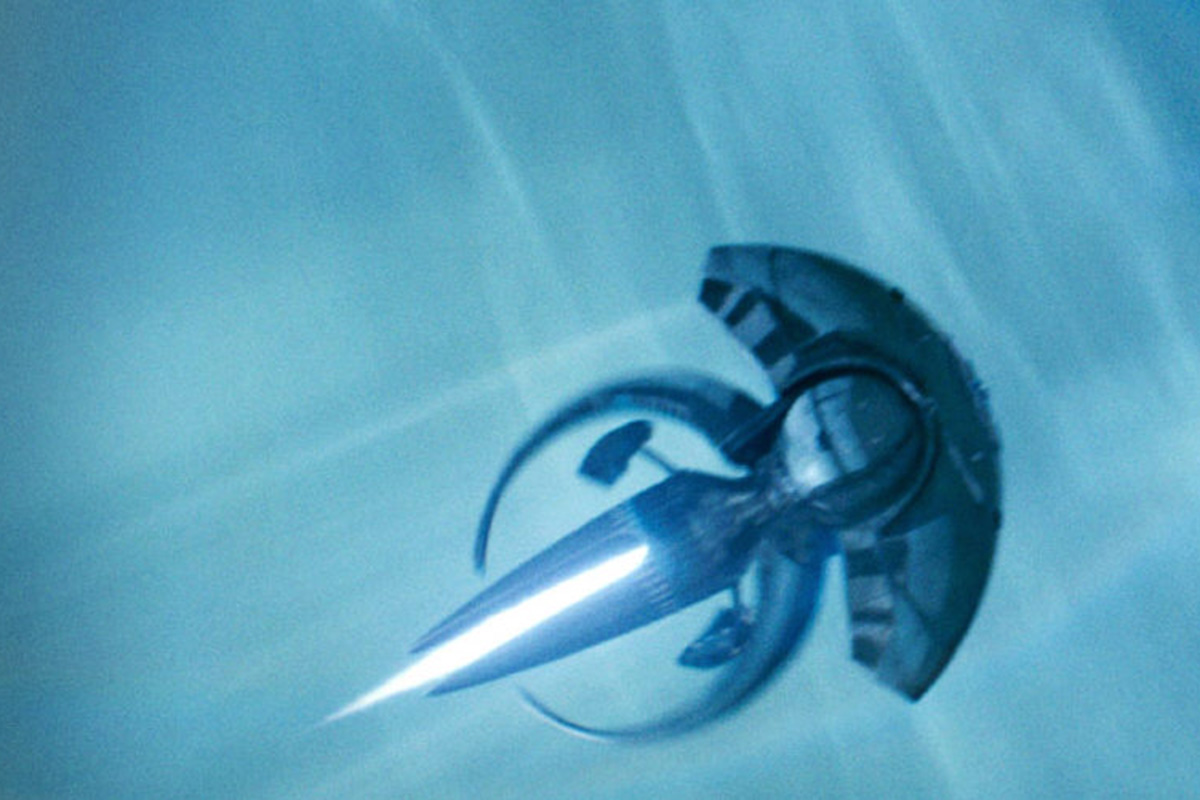
We love the ships in "Star Trek," not only because they travel fast or because they are often used outside of their design parameters, but also because they challenge the ideas of design in general. How weird is it to see a huge cube floating in space? Or to come across a warp-speed–capable ship that looks more like an organic entity? Here are the 15 best ships of "Star Trek" that audiences have seen so far.
1. V-ger ("Star Trek: The Motion Picture," 1979)
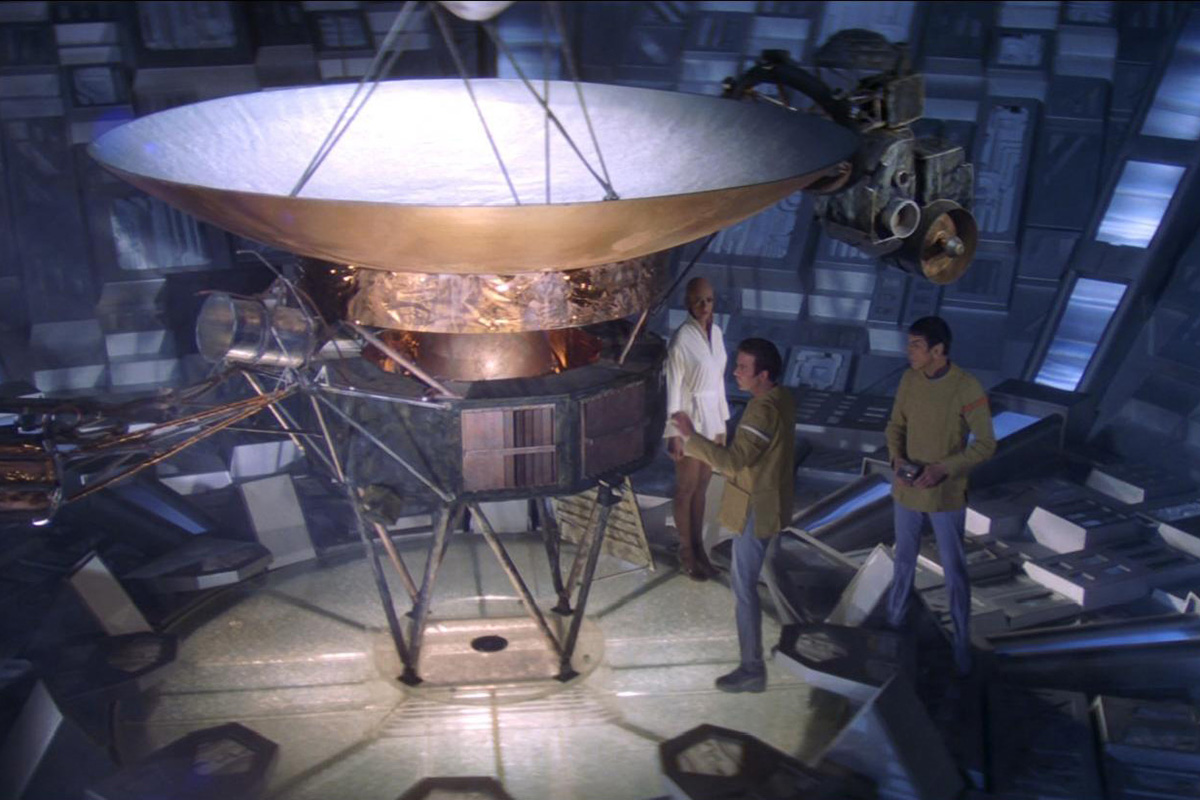
Perhaps the most powerful ship in the "Star Trek" universe, V-ger could eliminate Klingon ships with well-aimed bolts of plasma energy. When this vessel menaced Earth and the solar system in the first "Star Trek" movie, the crew penetrated V-ger's vast complex of clouds and machinery and discovered a surprise within: the remains of Voyager 6, a deep-space probe that NASA had launched late in the 20th century. The probe had the "O," "Y" and "A" missing on its decal, so its label now read as "V-ger." An unknown race of intelligent aliens had constructed the rest of the massive ship. (In real life, NASA launched only Voyagers 1 and 2; in 2012, Voyager 1 became the first Earth ship to reach interstellar space.)
2. Borg cube (first seen in "Star Trek: The Next Generation," 1987-1994)
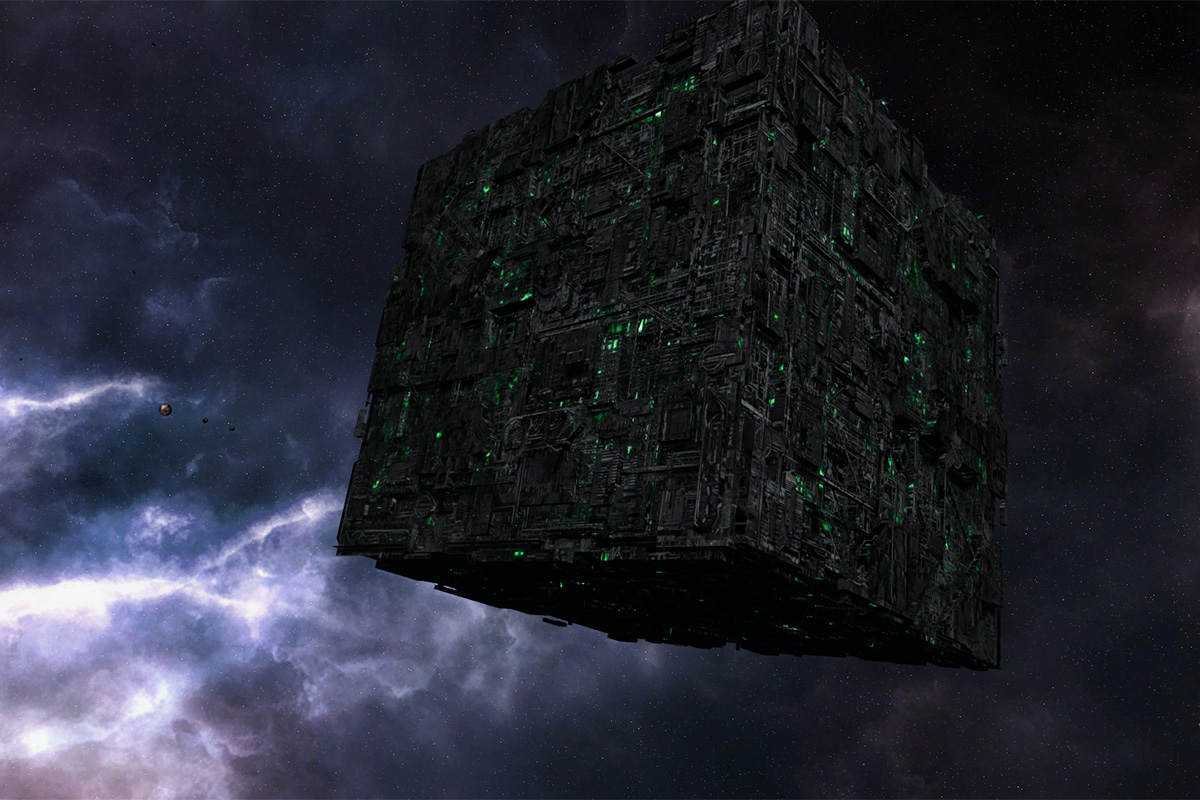
This terrifying cube annihilated a bunch of United Federation of Planets starships in every battle. Worse, even if you managed to damage a lot of the ship, redundant systems would take over and it would continue to work — making the cube a tough starship to beat. Usually, the Borg ship could trap an attacker in a tractor shield and drain all its adversary's shields before the attacker could do very much damage. Those few crews who got inside the cube beheld another terrifying sight: all the different alien species being assimilated into a collective, one that could adapt its fighting style very quickly in hand-to-hand combat, given its hive mind. [Where No Films Have Gone Before: The Complete 'Star Trek' Movie List]
3. Whale probe ("Star Trek IV: The Voyage Home," 1986)
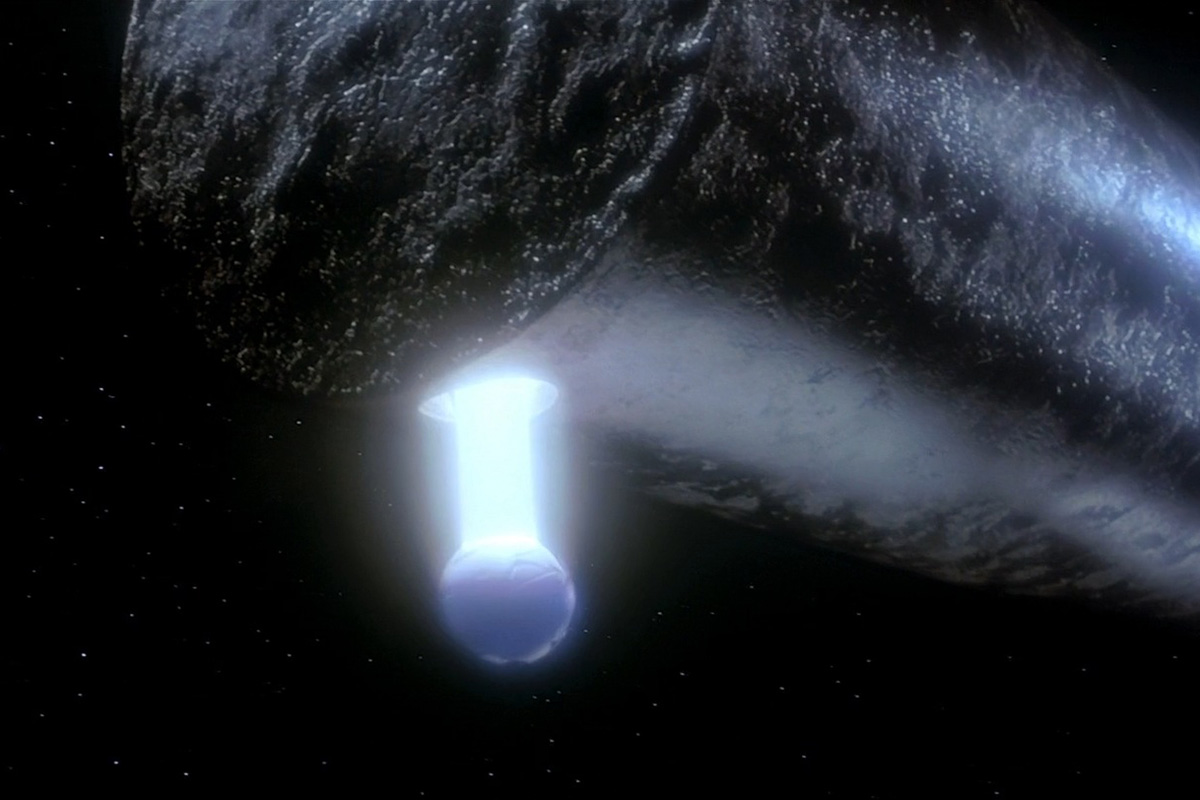
This was a gigantic cylinder that began threatening Earth in the year 2286, bellowing a signal that nobody could figure out, crippling any ship or power grid within reach, and — even worse — creating a planet-wide storm around the planet. It turned out that this probe was wreaking havoc because it was looking for something important: Earth's whales, which had been rendered extinct. Luckily for humanity, the Enterprise crew managed to travel back in time to 1986 San Francisco and rescue two humpbacks. The crew brought the whales back to 2286 to communicate with the probe and stop the destruction.
4. USS Enterprise, multiple versions
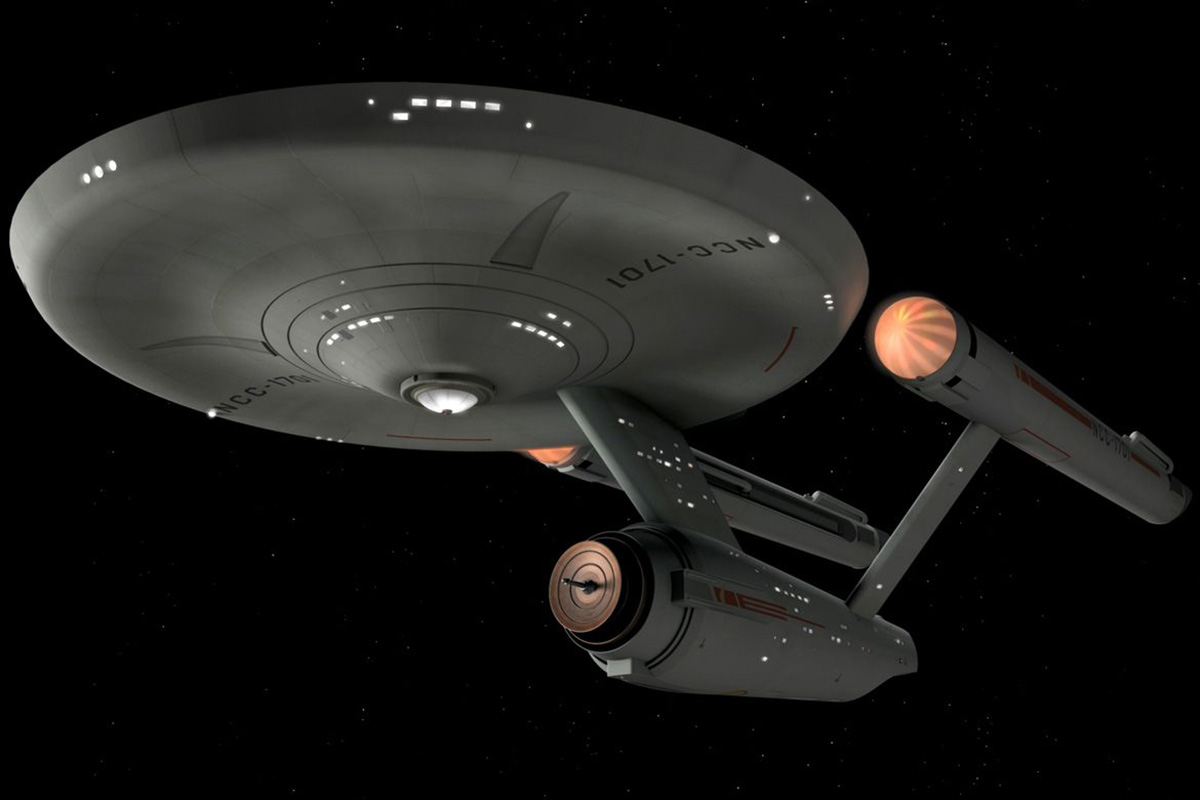
There are so many versions of the USS Enterprise that we decided to put them together into one slide, highlighting some of the unique features of notable versions. The NCC-1701-E ("Star Trek: The Next Generation" movies) had quantum torpedoes and, unlike some of its predecessors, could actually take on a Borg cube. The earlier ship NCC-1701-D ("Star Trek: The Next Generation") had more than 1,000 crewmembers on board and was supremely fast, moving at up to Warp 9 with ease. The NCC-1701 is a bit different in "The Original Series" (1966-68) than in the alternate timeline of the recent movies (2009-present). The movie version can operate underwater, but the original series version took out some nasty Klingons with the self-destruct sequence during "Star Trek III: The Search for Spock" (1984). We also can't forget to mention the NX-01 ("Star Trek: Enterprise," 2001-05), the first Enterprise that could achieve Warp 5, letting its crew explore beyond just nearby star systems. [Abandon Ship! 'Star Trek' Loves to Destroy the Enterprise]
5. Narada ("Star Trek," 2009)
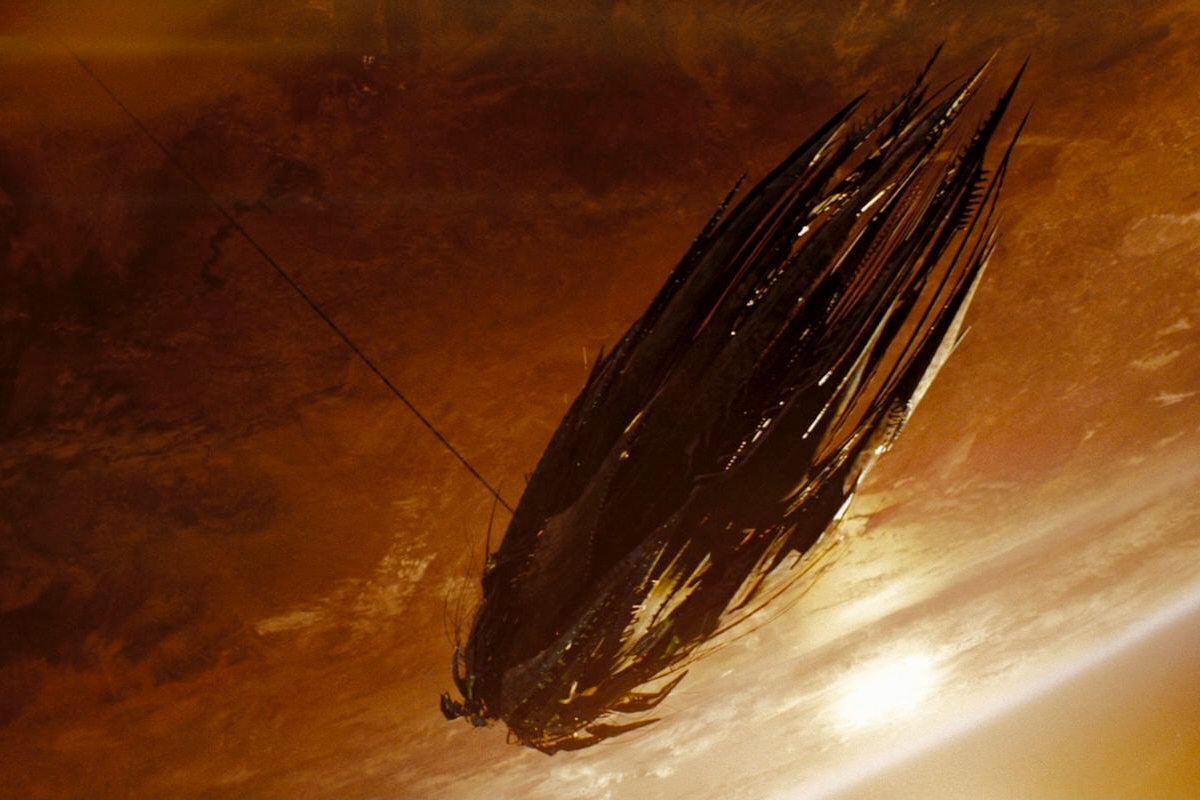
This is a simply terrifying Romulan ship, because its massive size dwarfs anything that the United Federation of Planets can throw against it. The ship also launched a whole alternate reality for the "Star Trek" universe when, after being pulled into a black hole in the year 2387, it emerged 150 years in the past and destroyed the USS Kelvin, the birthplace of Capt. James T. Kirk. The Narada then drilled a hole in the planet Vulcan and obliterated that planet, again greatly altering the timeline of "Star Trek." Fortunately, the Narada was eventually obliterated by "red matter," a substance that created a singularity, or black hole, that tore the ship apart.
6. Krenim weapon ship ("Star Trek: Voyager," 1995-2001)
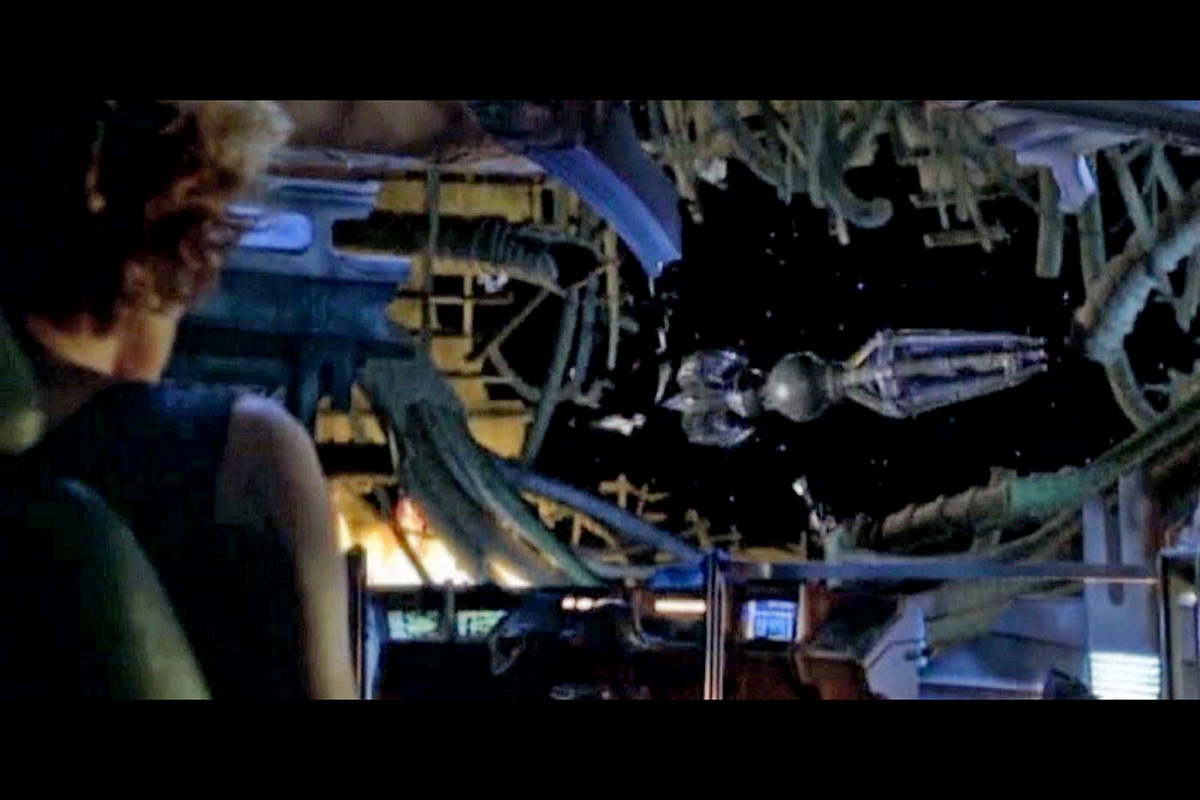
The Krenim Imperium created a weapon ship that could literally erase species from existence due to its ability to manipulate time. The process first went well for the Krenim, as they obliterated another species, called the Zahl. But when another species, called the Garenor, came under attack, the USS Voyager created temporal shields that disrupted the Krenim weapon. The shields created a timeline in which the Krenim themselves didn't exist. The Krenim tried to attack Voyager, but the ship escaped at warp speed because it was faster. Oops.
7. USS Voyager ("Star Trek: Voyager," 1995-2001)
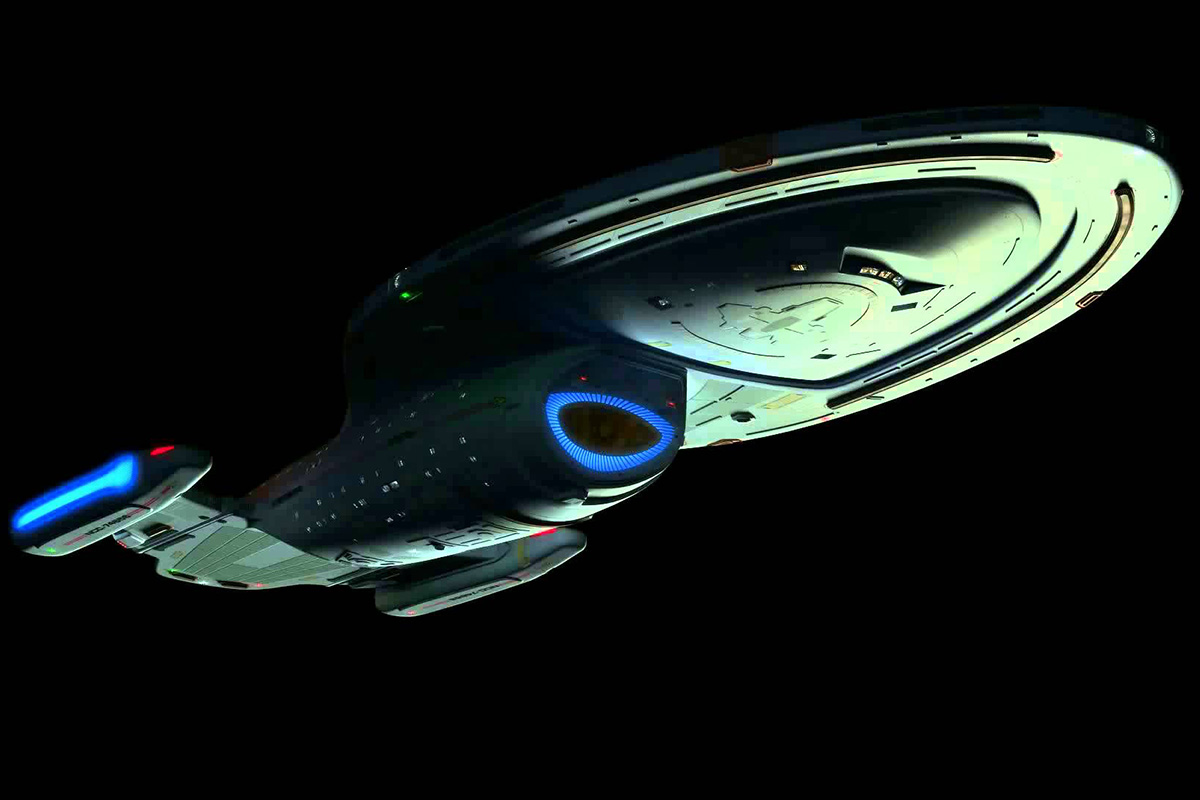
This ship is notable not only for exploring the poorly understood Delta Quadrant of the galaxy in "Star Trek," but also for using some creative techniques to shorten a 75-year voyage home. (That happened due to a displacement wave that carried the USS Voyager there; this wave was created by a being called the Caretaker, which had a pretty selfish agenda that we won't get into here.) While the Voyager used help from several species to get back home, perhaps the most notable step was inserting Borg technology into their engine. The crew stole a transwarp coil from a Borg sphere that shortened their journey by several years, until the sphere gave out. [How 'Star Trek' Technology Works (Infographic)]
8. Klingon Bird-of-Prey, multiple versions
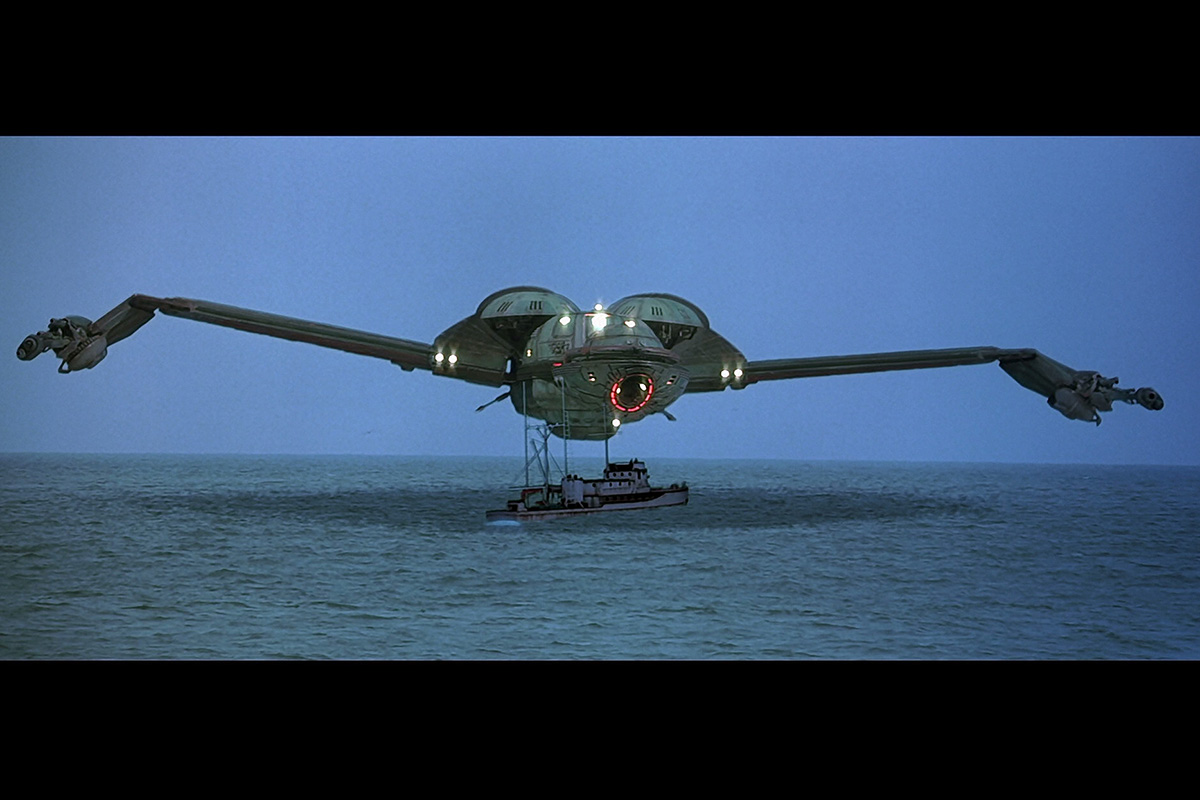
One of the Bird-of-Prey's greatest abilities was cloaking. This is used to delightful effect several times in some of the early "Star Trek" movies (1982-84), as both the Enterprise and the Klingons were trying to gain control of the Genesis device, which promised to render inhabitable planets into lush worlds in just a short time. Unfortunately, the Klingon technology had a flaw; you could still "see" the ship because the cloaking technology distorted the light of stars around it. Once the Enterprise caught on to the trick, they were able to fire on the ship successfully.
9. Romulan warbird, D'deridex class ("Star Trek: The Next Generation," 1987-1994)
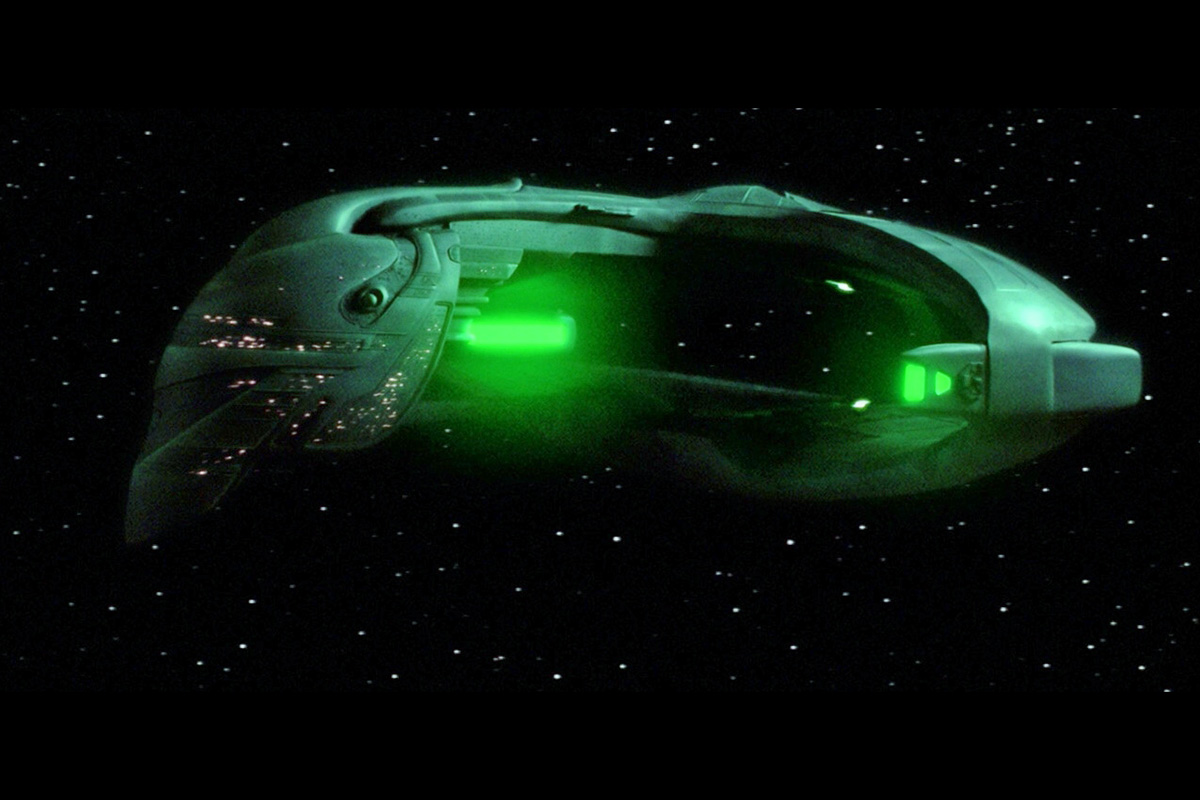
This powerful ship also uses cloaking to great effect, as the USS Enterprise (NCC 1701-D) discovered when the Romulans suddenly uncloaked near the Federation ship. It was the first time Romulans had come out of isolation in 53 years. This cool ship is powered by what the show calls a forced quantum singularity, and naturally the vessel has a number of weapons, too — torpedoes, beams and pulses. However, the singularity came with some drawbacks, including limiting the ship's top speed to less than that of the USS Enterprise.
10. Deep Space 9 ("Star Trek: Deep Space Nine," 1993-1999)
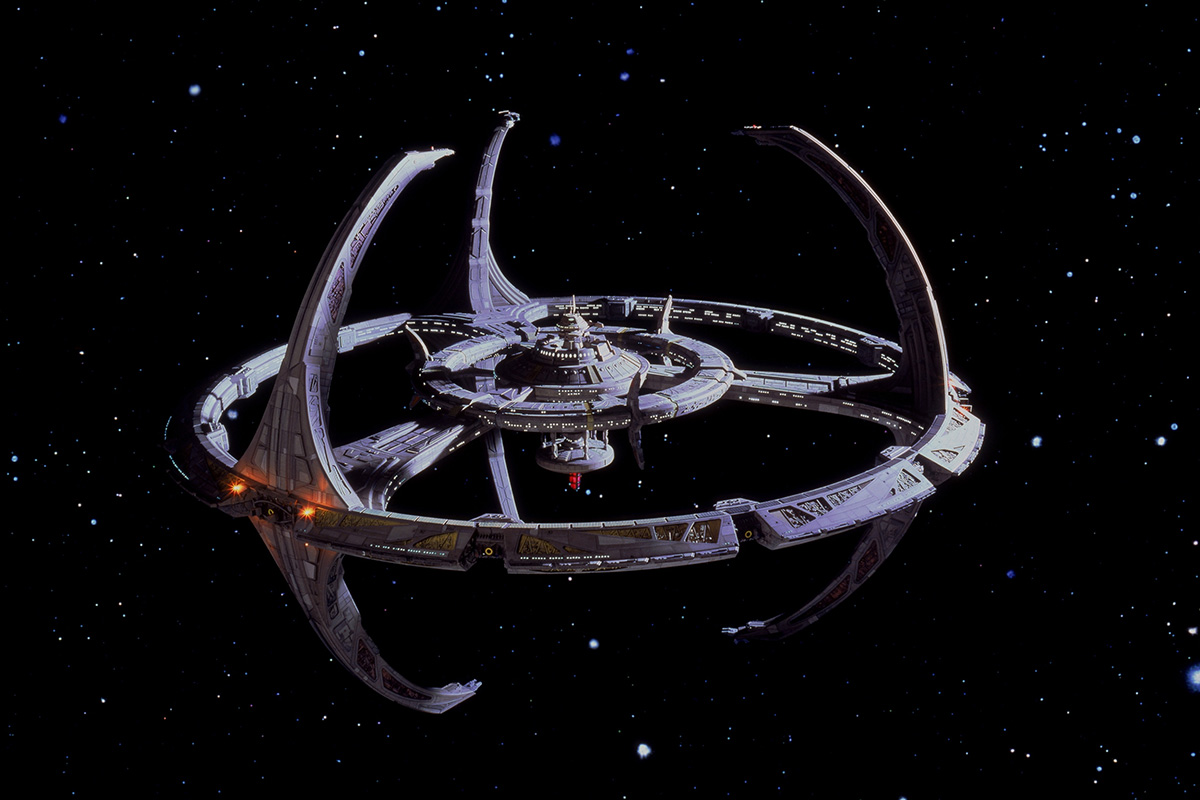
While the United Federation of Planets inherited this space station from the Cardassians, the crew quickly adapted its use to help Starfleet. The first episode sees the crew manage to warp nearby space to quickly bring Deep Space 9 closer to a wormhole; the wormhole eventually had strategic importance as it allowed ships to travel quickly to the space station, increasing trade. While the original space station was poorly armed, a retrofit equipped it with 5,000 photon torpedoes. [7 Awesome Sci-Fi Space Stations from TV and Film]
Join our Space Forums to keep talking space on the latest missions, night sky and more! And if you have a news tip, correction or comment, let us know at: community@space.com.
Get the Space.com Newsletter
Breaking space news, the latest updates on rocket launches, skywatching events and more!

Elizabeth Howell (she/her), Ph.D., was a staff writer in the spaceflight channel between 2022 and 2024 specializing in Canadian space news. She was contributing writer for Space.com for 10 years from 2012 to 2024. Elizabeth's reporting includes multiple exclusives with the White House, leading world coverage about a lost-and-found space tomato on the International Space Station, witnessing five human spaceflight launches on two continents, flying parabolic, working inside a spacesuit, and participating in a simulated Mars mission. Her latest book, "Why Am I Taller?" (ECW Press, 2022) is co-written with astronaut Dave Williams.
